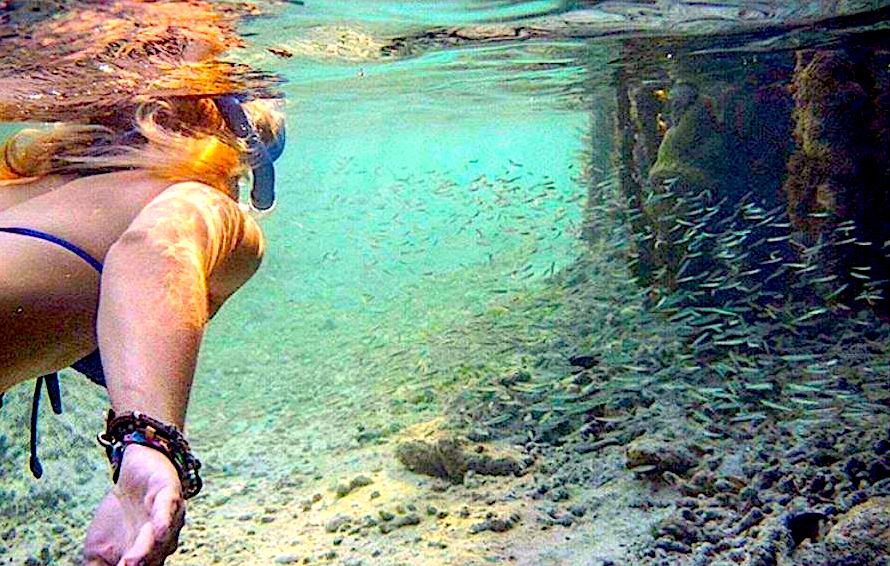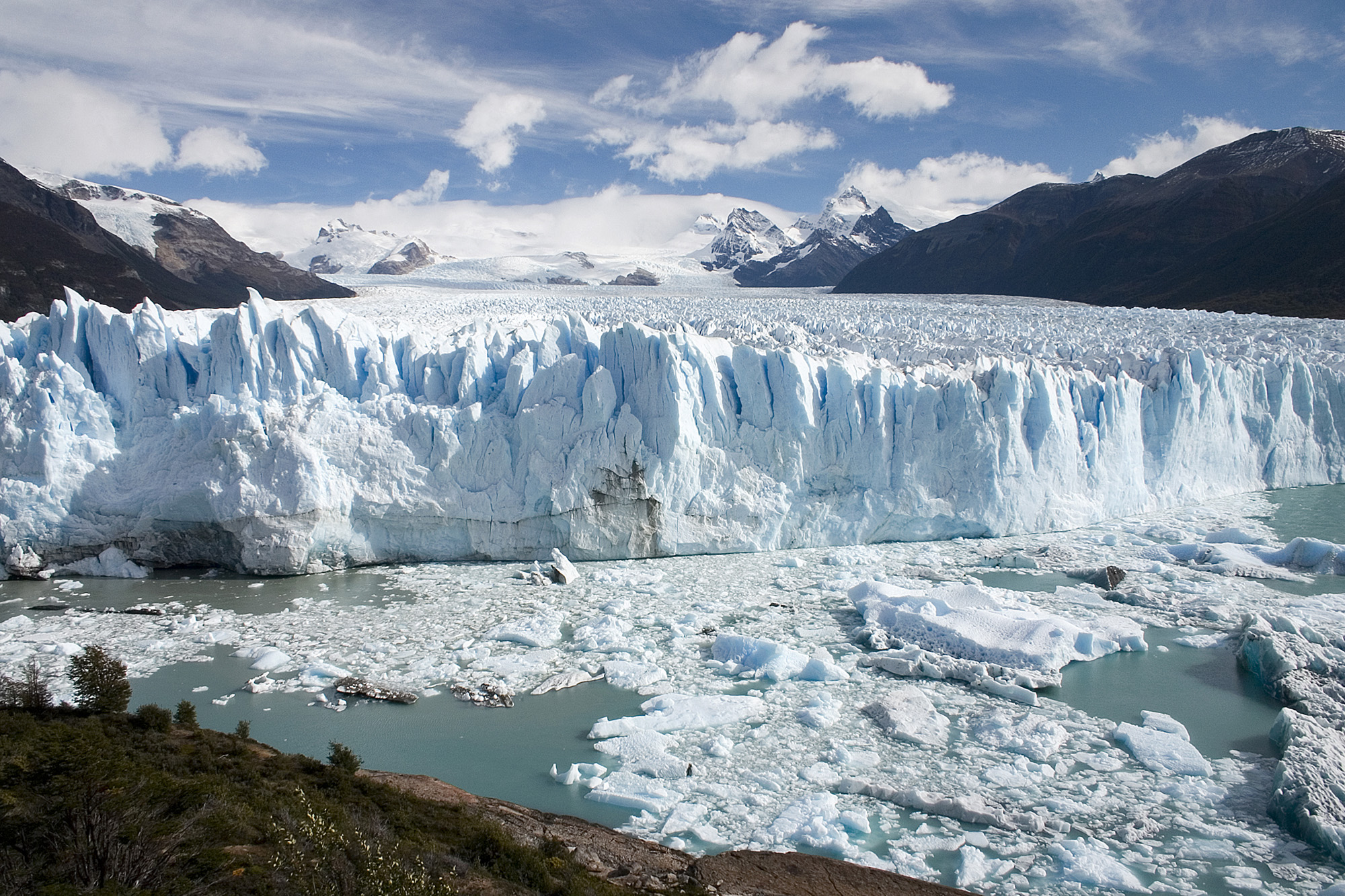Plan, Respond, Recover, Adapt: Building Resilience in Coastal NC
North Carolina Sea Grant’s new coastal resilience specialist tells why resilience means much more than merely “bouncing back.”

“A resilient North Carolina is a state where our communities, economies, and ecosystems are better able to rebound, positively adapt to, and thrive amid changing conditions and challenges, including disasters and climate change; to maintain and improve quality of life, healthy growth, and durable systems; and to conserve resources for present and future generations.”
— The North Carolina Office of Recovery and Resilience
Most people who have lived in coastal North Carolina or who have visited our coast would agree that we have something special here. Our state boasts quaint coastal towns and over 300 miles of barrier islands with white sandy beaches, including over 100 miles of national seashore. North Carolina also has 12,000 miles of estuarine shoreline, including expansive, shallow sounds on the backside of the barrier islands. These landscapes are home to a wide variety of flora and fauna and provide unlimited opportunities for outdoor adventures, which keeps visitors coming back year after year.

As a full-time resident of coastal N.C., I love the smell of the salt air on an afternoon walk and, while on a ferry ride between the barrier islands, delight in seeing a pelican perched atop a buoy. There is the strange sense of mystique and mysteriousness while looking into the water of the creeks, sounds, and inlets that run into the vast openness of the Atlantic Ocean. I still find it thrilling to see a pod of dolphins or a sea turtle pop its head out of the water on the way to Cape Lookout National Seashore, and I feel a peace and calmness that settles over me during a walk down the beach or through a trail in the maritime forest.
As the new coastal resilience specialist for North Carolina Sea Grant, I work with partners and stakeholders up and down the coast and throughout the state to help strengthen the resilience of our remarkable communities and natural coastal ecosystems. After having spent the past two years with North Carolina Sea Grant as the coordinator of the N.C. Sentinel Site Cooperative, focusing on the impacts of sea level rise, I understand what an important and challenging task we have ahead of us here.
Ecosystems and Communities
Resilience can take many forms and mean different things to different people, as is evident from how popular the concept has become in a wide range of media and professional fields. Resilience can apply to individuals, families, communities, cities, infrastructure, the environment, and more. The resilience of a system is now extensively used to communicate how and why we think it is important to support our communities and our way of life.
Being resilient means we can adjust and adapt to change, with our communities well-equipped to recover rapidly from repeated stressors, in both the short term and long term.
In the climate change adaptation field, we often distinguish between “community resilience” and “ecosystem resilience.” In both cases, resilience is the capacity of the community or ecosystem to prevent, withstand, respond to, and recover from a disruption.

These two frameworks are closely connected. The more resilient our ecosystems, the more they provide healthy seafood, recreational opportunities, protection of shorelines and infrastructure, less stormwater runoff, and fewer polluted waterways. Efforts that foster community resilience, like building social capital by forming strong networks and community groups, often closely correspond with the resilience of the adjacent ecosystems. Alongside the benefits of healthier ecosystems, community and social structures help us adapt and build back strongly.
Not surprisingly, more resilient natural systems often result in more resilient communities, and vice versa, bringing more economic and social stability. Protecting the environment can go hand in hand with job creation, for instance, if we take this approach. In fact, innovative and effective long-term solutions will rely on understanding how ecological, economic, and socio-cultural systems are connected.
At the individual level, we are all familiar with personal resilience and the varying levels of time, energy, and resources it takes to overcome traumatic events in our lives and within our families. Sometimes, these events happen very suddenly, while sometimes they are small, slow, and occur over a long time, resulting in cumulative, chronic stress. Trauma, both short-term and long-term, wears down our ability to bounce back.
At the individual and community levels, we are facing stressors at the coast. Such stressors include sudden events, such as hurricanes, and longer-term, slower changes, such as sunny-day or high-tide flooding. Both types of stressors impede our ability to build stronger, more resilient systems. These and other natural hazards, as well as man-made hazards — such as coastal development, building in low-lying areas, and lack of strict setbacks from eroding shores — make our communities and coastal ecosystems more vulnerable.
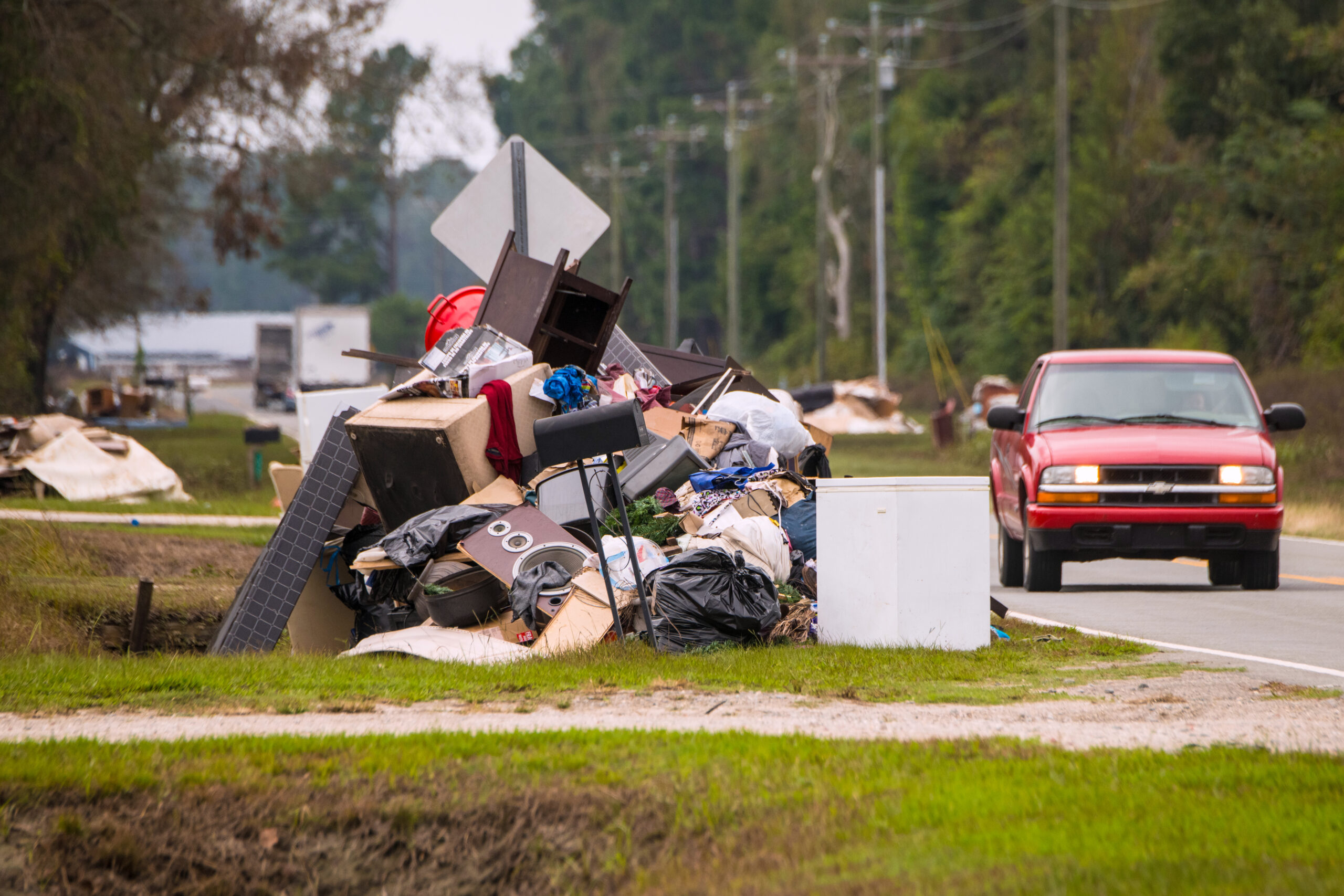
Past, Present, and Future
Coastal North Carolinians are no strangers to hazards. The grit and determination of people who have lived in these harsh environments at the edge of the sea, for many generations, is part of coastal North Carolina’s history.
The “Ca’e Bankers,” for instance, lived in settlements like Diamond City during the 19th century in what is now Cape Lookout National Seashore. For the Ca’e Bankers, the long-term, harsh realities of living in a barrier-island setting became too much to overcome after 1899’s Great Hurricane, a storm the National Park Service calls “one of the deadliest hurricanes ever to move through the western Atlantic; possibly a Category 4 Cape Verde storm…with winds that reached 140 mph as it crossed the Banks near Diamond City.” After this storm, most of the islanders floated what remained of their homes across the sound to relocate in Morehead City and Down East communities, such as Harkers Island and Marshallberg.

Today, climate change exacerbates the hazards we are experiencing at the coast. The process by which our earth is warming — through greenhouse gases released from burning fossil fuels — is continuously trapping heat that would otherwise escape our atmosphere. Because of increasing temperatures, the hazards that we have always experienced in North Carolina are becoming more extreme.
Jessica Whitehead, chief resilience officer for the state of North Carolina, spoke about the impacts of climate change in a presentation to the Oak Island Beach Preservation Society this past fall. Whitehead, formerly of North Carolina Sea Grant, said that in our state resilience requires a “triple bottom-line approach, to thinking not just about our environment, but also what it means to our communities, and what it means to have good, healthy coastal economies.”
She compared the effects of climate change on coastal hazards to the infamous homeruns during the steroid era of major league baseball in the 1990s, when hitters hit the long ball more often than ever before in the history of the league, and homerun records fell.
As Whitehead also said, “climate change really is a threat multiplier to the challenges that we already are facing along the coast.”
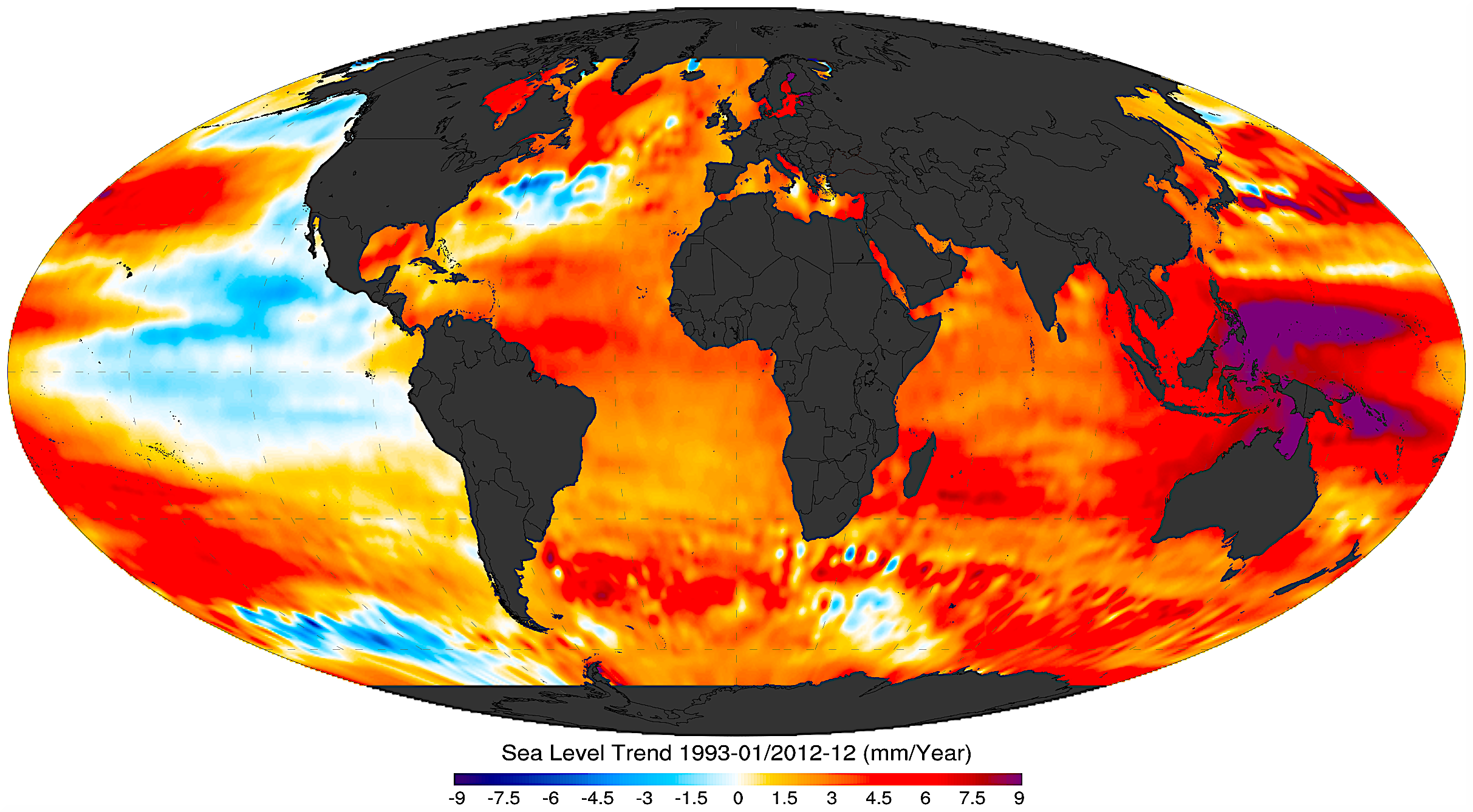
As Records Fall
Hans Paerl at the University of North Carolina at Chapel Hill’s Institute of Marine Science in Morehead City published a 2019 study with several coauthors noting six of the state’s seven highest-recorded precipitation events had occurred in the last 20 years. Increasing rainfall and hurricanes such as Floyd (1999), Matthew (2016), and Florence (2018) have brought catastrophic flooding, adverse economic impacts, and ecological damage that has included the increased runoff of pollutants into coastal ecosystems and estuaries.
In the United States, the number of days of sunny-day flooding, also known as high-tide or tidal flooding, has doubled since 2000. The impacts of tidal flooding include overwhelmed sewage treatment plants and public utilities, disruption of transportation corridors, reduced property values, and threats to public health. Sea level rise multiplies the impacts. In North Carolina, by 2060 the city of Wilmington will experience almost a foot of sea level rise, under NOAA’s lowest sea level projections, and potentially as much as 2 to 4 feet as the global climate continues to warm over the next 40 years.
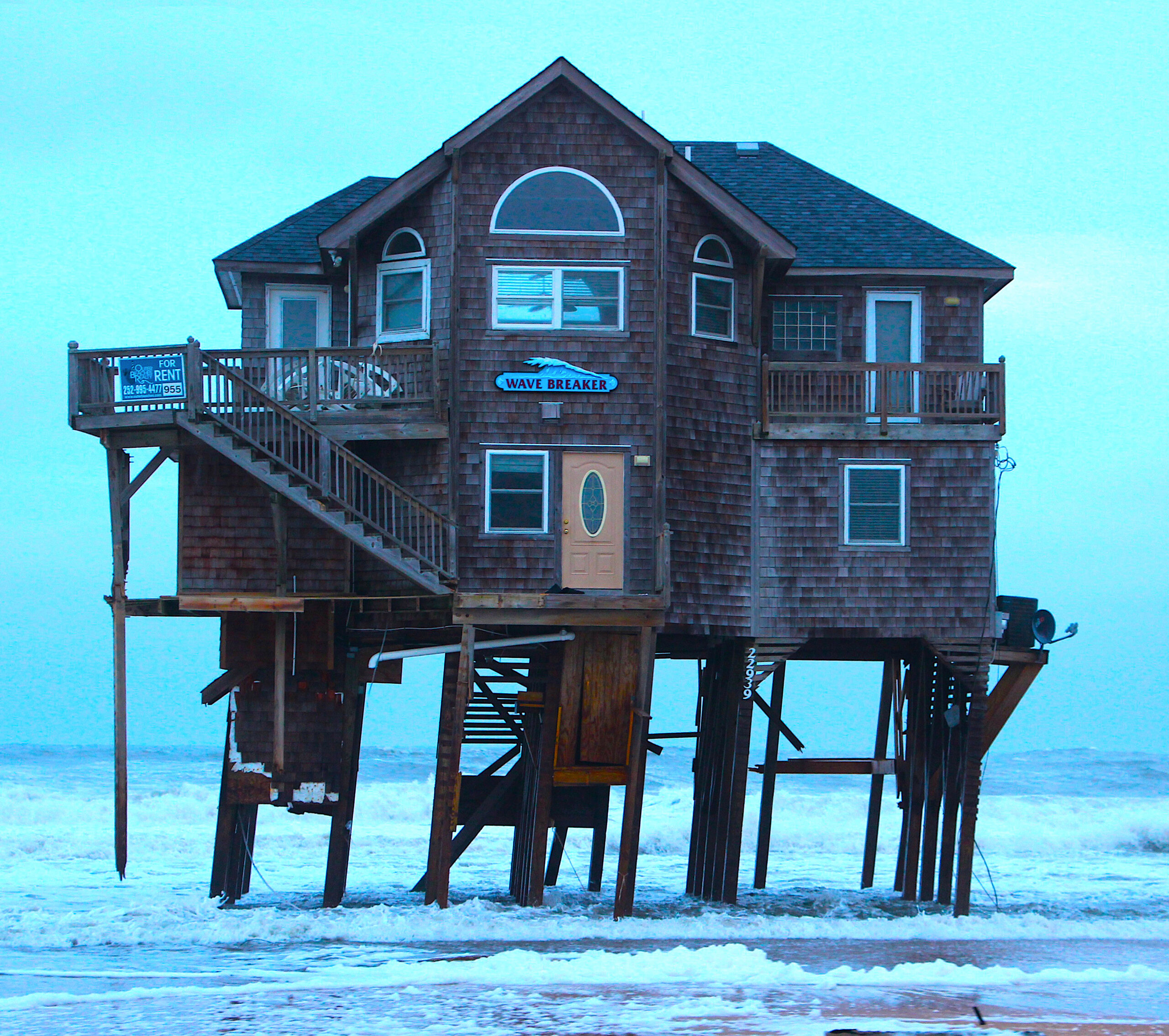
Higher temperatures will result in significant challenges for coastal habitats and communities, including many of the places on the North Carolina coast and around the country that are of important cultural, social, ecological, and economic value. 2019 marked our state’s hottest year in history.
The ball is flying farther and faster. Hurricanes “on steroids,” with more rainfall and strength, are crossing into higher latitudes. All while sea levels rise and records fall.
Yet, more people are moving to the coast. In 2010, 52% of people in the United States already lived in coastal watershed counties and 39% in coastal shoreline counties. Population projections in North Carolina have suggested further increases of 8% in our coastal watershed counties by the end of this year.
In the past, adaptation to climate change was a last resort, with efforts focused first on mitigation — slowing down climate change by decreasing the amount of carbon dioxide released into the atmosphere. In addition to mitigation efforts, however, now adaptation also has become a vital strategy to adjust to the changes that we already are experiencing in our communities and natural habitats.
Resilience offers a framework to manage risk and decrease our vulnerability to present and future climate change impacts and to prioritize and coordinate our efforts. The process of building resilient systems fosters the ability to plan, respond, recover, and adapt in a changing system.
Bouncing Forward
In the past few years, resilience has shifted in emphasis from the old idea of “bouncing back” from a disturbance to “bouncing forward.” A homeowner, for example, might decide to rebuild after a hurricane destroys a bulkhead on their property with a living shoreline, a technique that in some locations can better protect homes from future storms and sea level rise.
What is the “new normal” in a world with climate change, and how do we plan for future conditions?
As hurricanes become more frequent and intense, as sunny-day flooding becomes a common occurrence, building resilient systems will require addressing complex, wicked, and tangled challenges with innovative solutions. Solutions must also be fair and equitable, especially because communities facing the greatest risks from climate change often have the fewest resources to address them.
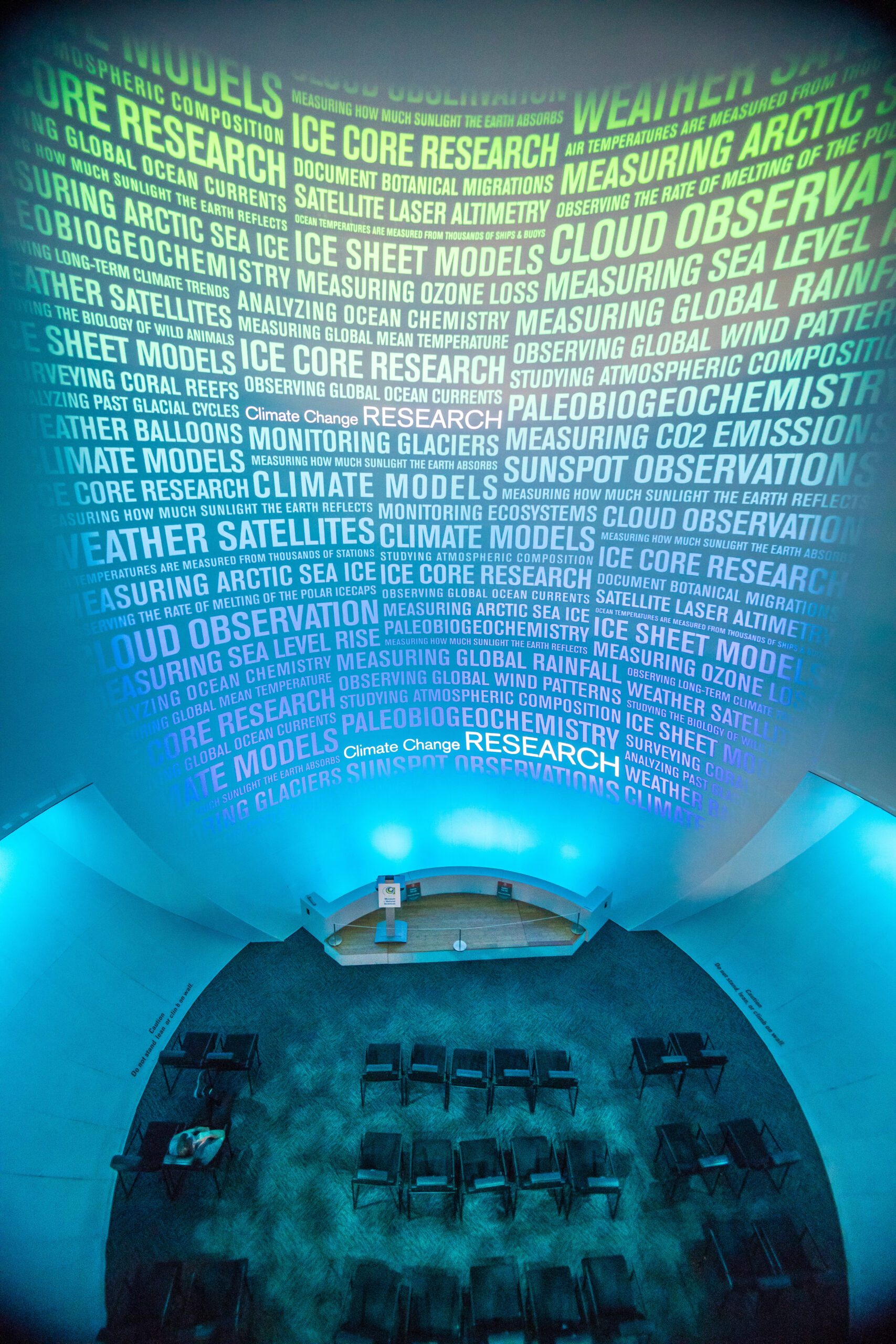
In addition, the scale of the solutions must match the scale of the challenge at hand. While remembering to turn off our lights as we leave a room will help on an individual level, slowing down and adapting to climate change will require decreasing fossil fuel use and switching to other forms of renewable energy at local, state, and national levels — and it will require large-scale, coordinated adaptation efforts.
Whitehead and others have noted a number of actions individuals can take:
- learning flood risk (by visiting fris.nc.gov);
- building the lowest floor of new infrastructure above known flood levels and adding a safety buffer (the “freeboard,” which the FEMA National Flood Insurance Program uses to measure the additional height above base flood elevation);
- avoiding first-floor enclosures;
- exploring living shorelines and other ways to reduce marsh erosion on your property; and
- purchasing flood insurance (for owners and renters).
In addition, Holly White, principal planner for the Town of Nags Head and a Sea Grant partner on several projects, also recommends: reaching out to flood officials to ask about historical flooding and mitigation for your property; elevating mechanical and electrical equipment; using flood-resistant materials below base flood elevation; and elevating heated living spaces.
On the community level, we can build resilience by taking steps such as:
- mapping and documenting lessons learned from previous storms;
- participating in resilience and hazard planning efforts;
- incorporating future conditions like sea level rise into land-use planning and architectural design;
- encouraging natural and nature-based solutions like wetland restoration;
- exploring grants that fund building back stronger, higher, and in less risky places; and
- limiting the size of structures near flooding sources.
Susan White, executive director of North Carolina Sea Grant, says that taking steps to create a resilient coast remains a high priority.
“North Carolina Sea Grant continues building on our history of initiatives through significant research investments and outreach partnerships to address community planning, risk assessment, and aspects of construction that foster a more resilient North Carolina coast,” White says. “Several new projects and future opportunities will expand our focus on resilience and our work with coastal communities.”
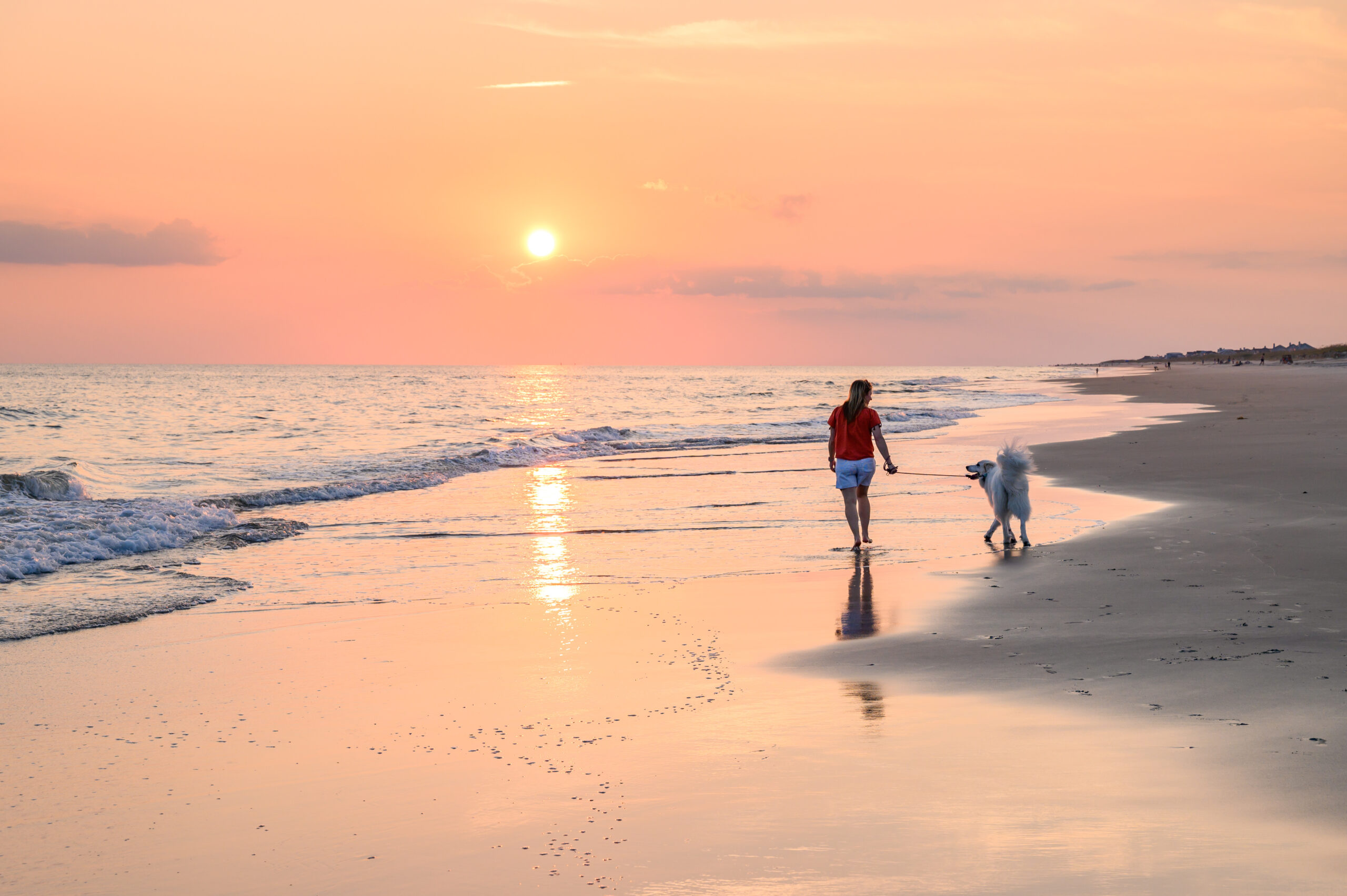
Ultimately, considering resilience in all its forms, in all its contexts, likely will require extremely difficult decisions about how and where we live as the impacts of coastal hazards become more extreme in our communities — decisions not unlike the ones the Ca’e Bankers of the 1800s faced.
In the fall of 2018, North Carolina governor Roy Cooper passed Executive Order 80 (EO80), “North Carolina’s Commitment to Address Climate Change and Transition to a Clean Energy Economy.” This led to the publication of The NC Climate Risk Assessment and Resilience Plan, a comprehensive effort to address vulnerability to climate change at a state level. That plan included input from numerous stakeholder groups and scientists, including North Carolina Sea Grant partners and stakeholders.
I look forward to my expanded role as coastal resilience specialist for North Carolina Sea Grant, especially as the program builds more partnerships and funds research prioritizing coordinated, wide-reaching, and holistic approaches to make our communities and ecosystems more resilient. Our state faces many challenges, but by working together North Carolinians can adapt and bounce forward.


North Carolina Sea Grant’s Resilience-Building Initiatives
For years, North Carolina Sea Grant has supported community and ecosystem resilience through a variety of projects and initiatives. Examples of past and present work include:
- The N.C. Resilient Coastal Communities Program
- Regional Flood-Resilience Research on Communities and Infrastructure
- Fortifying Buildings for Hurricanes
- Coastal Rivers Flood Mitigation
- Transportation and Infrastructure Planning in Eastern N.C.
- North Carolina Sentinel Site Cooperative
- Developing Capacity with the Town of Plymouth
- Long-term Climate Change Planning with the Town of Nags Head
- Free At-Home Educational Resources During the Pandemic
- The North Carolina Sea Grant COVID-19 Resource Hub
- Research and Information about Climate Change
- The Coastal Landscapes Initiative and Related Homeowner Strategies: here and here
… and more.
lead photo credit: Jordan Ramos/VisitNC.com
- Categories:

